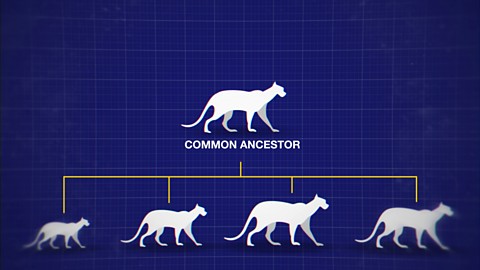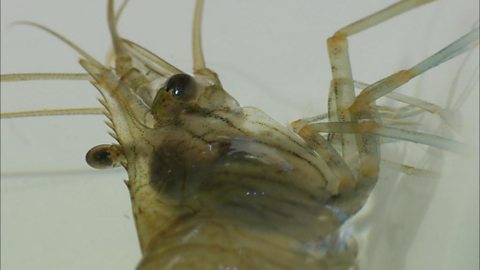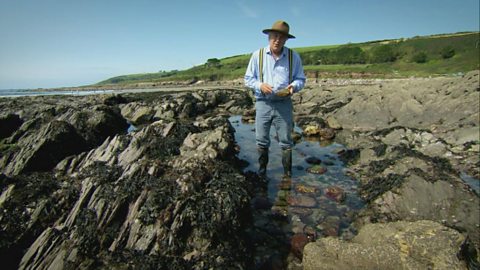Migration and response to tidal changes
Description
Professor Richard Fortey investigates the rhythmical behaviour of the Eurydice pulchra, the marine version of the woodlouse. With the use of activity monitors they examine the differences in their behaviour at high and low tide. All organisms have an internal biological clock that allows their behaviour pattern to change. The Eurydice pulchra has a 12.4 hour tidal clock. Their behaviour is monitored as each tube has a single Eurydice pulchra in it at high tide their feeding begins and before the tide goes back out they bury themselves into the sand. This allows their preferred position to be maintained and increased their chance of survival.
Classroom Ideas
The clip presents an example of how animals are adapted to the environment they evolved in. The eurydice has a body clock linked to tides. Students can think about what would happen to the eurydice if their body clocks went out of sync with the tides. They can choose other animals and research their internal rhythms, either via books, internet or through their own experiment. How are these linked to the animalsÔÇÖ other survival requirements (such as food availability, temperature, energy conservation)?
Life on Earth
Now playing video 10 of 14
- 3:06

- 4:51

- 4:42
